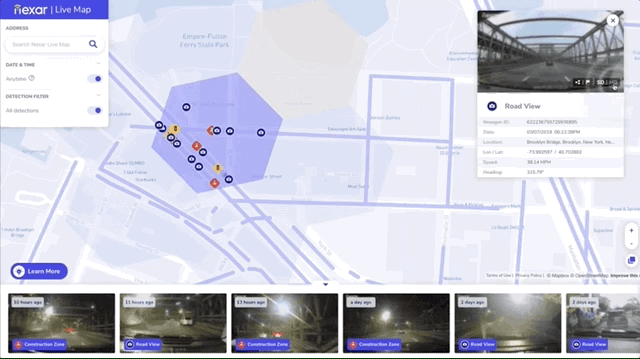Occipital’s Structure Sensor Mark II is a smaller and much improved 3D scanner for your iPad
Back in 2013, Occipital (a company then best known for making the RedLaser barcode scanning app) released the Structure Sensor, a device that turned any iPad you strapped it to into a portable 3D scanner.








